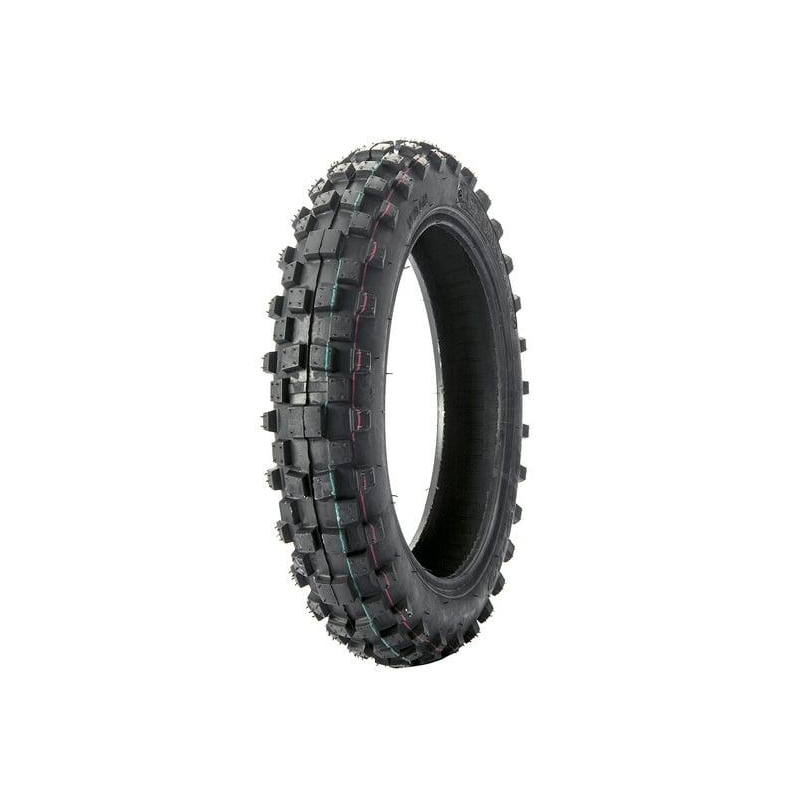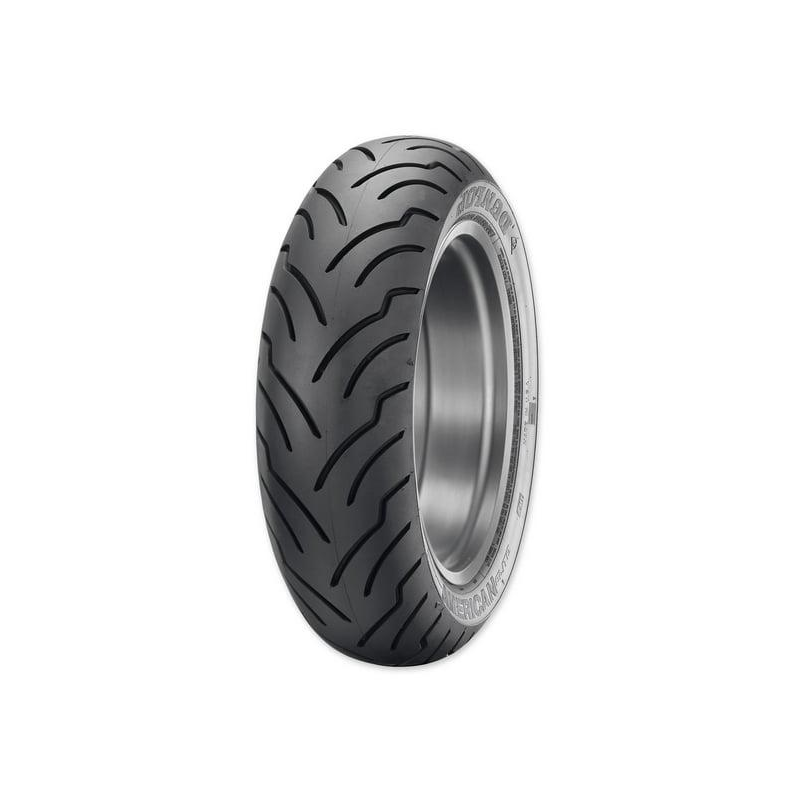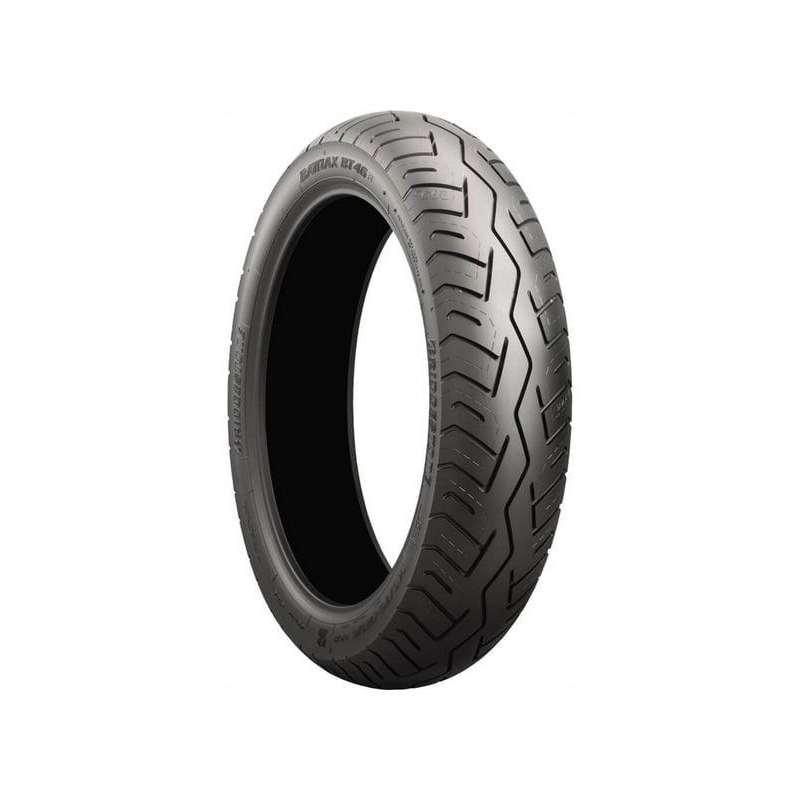When you invest in new motorcycle tires, the last thing you want is to compromise your safety and performance on the road. Breaking in motorcycle tires correctly is a vital step that every motorcyclist must take, regardless of their experience level. The process ensures that your tires achieve optimal grip, handling, and performance while reducing the risk of skidding or losing control during the first few rides. The materials used in tire construction require a specific period to wear in and gain the necessary traction needed for safe and effective handling. Understanding how to break in motorcycle tires is essential for any rider who desires both longevity for their tires and an overall enjoyable riding experience. This article will explore the advantages of breaking in your tires, practical methods to do so, tips for maintenance, and common mistakes to avoid throughout the process.
Understanding the Importance of Breaking in Motorcycle Tires
Before diving into the steps involved in breaking in motorcycle tires, it’s crucial to understand why this process is necessary and what it entails.
The Science Behind Tire Composition
New motorcycle tires are manufactured with a release agent that helps in the molding process. While these agents help prevent the tires from sticking to their molds, they can also create a slippery surface that needs to be worn off during the break-in period. Tires are made from different compounds, and each requires specific handling to maximize their performance.
Optimizing Traction and Handling
Breaking in motorcycle tires is essential for ensuring that the tire achieves optimal traction. During the break-in period, the rubber gradually adapts to the road surface and begins to wear evenly, allowing for improved grip and handling. Skipping this process can lead to increased risk when cornering or braking, particularly during wet conditions.
Enhancing Longevity
Properly breaking in your motorcycle tires will not only enhance safety but also prolong the life of the tires. Well-broken-in tires tend to wear more evenly, leading to fewer issues like cupping or premature wear.
Signs That Your Tires Need to Be Broken In
Learning to recognize when your motorcycle tires are adequately broken in can be helpful. Here are some indications:
Slippery Feel
When first riding on new tires, you may notice a slippery or slick feel, particularly during acceleration or cornering. This sensation indicates that the tires have not yet shed enough of their mold release agents.
Uneven Performance
If your motorcycle feels unsteady or handling isn’t tight, this may signal that the tires need time to be broken in. Observing inconsistent grip when turning or braking can point to the need for a break-in period.
Noise Levels
New tires may produce unusual noises when rolling over the road. Once they are broken in, the noise levels will tend to decrease, indicating better grip on the surface.
Effective Techniques on How to Break in Motorcycle Tires
Now that we understand the importance and signs of new tires needing a break-in, let’s explore effective techniques on how to break in motorcycle tires properly.
Gradual Acceleration and Deceleration
When breaking in your new tires, gradual acceleration and deceleration are crucial. Avoid aggressive starts and sudden stops. Begin by accelerating steadily to allow the tires to engage with the road surface gently, creating friction without overwhelming the rubber.
Maintain Moderate Speeds
For the initial phase of breaking in your tires, it is beneficial to keep your speed at moderate levels. Aim to stay within 30-50 mph for the first 100 miles, allowing the tires to adjust gradually.
Cornering Practices
During the break-in period, practice gentle cornering. Gradually lean into turns, applying the throttle smoothly as you exit. This will help the tires establish a connection with the road while providing stability during cornering.
Vary Your Riding Conditions
To effectively break in motorcycle tires, mix your riding conditions. Include both straight stretches and curves, along with different road surfaces. This variety will help distribute the wear evenly across the entire tire.
Avoid Hard Braking
Avoid sudden or hard braking during the initial break-in period. Instead, focus on using the front and rear brakes together with gradual pressure. This technique allows for better modulation and smoother tire engagement with the road surface.
Limit Riding Time
To avoid excessive wear during the break-in period, limit your riding time for the first few hundred miles. Ideally, aim for roughly 100-200 miles (160-320 kilometers) to gradually break in your tires properly, and resist the temptation to ride aggressively during this time.
Tire Pressure Monitoring
Always check your tire pressure before riding. Proper inflation contributes significantly to the safety and comfort of your ride, ensuring the tires wear evenly. Maintain the manufacturer’s recommended tire pressure for both front and rear tires.
Common Mistakes to Avoid When Breaking in Motorcycle Tires
Being aware of common mistakes can help you achieve the best results when breaking in motorcycle tires:
Skipping the Break-In Period
Some riders may attempt to skip the break-in process completely. Gaining maximum traction is crucial, and neglecting this step can ultimately lead to loss of handling and increased risks.
Ignoring Tire Pressure
Failing to regularly check tire pressure can lead to under-inflated or over-inflated tires. This will adversely affect handling, grip, and general performance.
Riding Aggressively Too Soon
Taking corners too aggressively or accelerating rapidly during the break-in period can compromise safety. Always prioritize gradual acceleration and deceleration until the tires have been adequately broken in.
Not Observing For Changes
During the break-in process, always remain vigilant about any changes in motorcycle handling or control. Pay attention to how your tires interact with the surface and adjust your riding style accordingly.
Maintenance Tips for Motorcycle Tires
Once you have successfully broken in your motorcycle tires, proper maintenance will ensure their longevity. Here are some key maintenance tips:
Regular Inspections
Conduct routine inspections on your tires to identify wear patterns or any damage. Look for cracks, punctures, or uneven wear that could compromise your safety.
Proper Inflation
Maintaining the correct tire pressure is critical for safe riding. Check the tire pressure at least once a month and before long rides, adjusting it to the manufacturer’s specifications.
Rotating Tires
Rotating your tires regularly can help promote even wear, extending their life. Follow the manufacturer’s recommendations regarding how often to rotate your tires based on riding style and conditions.
Cleaning Tires
Keep your tires clean by washing them regularly to remove dirt and debris. Avoid harsh chemicals; instead, use soap and water, ensuring that the cleaned surface remains free from contaminants.
Inspecting Valve Stems
Don’t forget to check the valve stems for leaks or damage. Any issues here can lead to slow air loss, impacting tire performance.
Signs That It’s Time to Replace Your Motorcycle Tires
Monitoring the condition of your tires is as important as the break-in process. Here are some indicators that it might be time to replace your motorcycle tires:
Indicators of Wear
- Tread Depth: Tire tread should be deep enough to provide adequate grip on wet surfaces. If the tread appears worn down or shallow, it’s time for a replacement.
- Cracks and Dry Rot: Visible cracks or signs of dry rot in the tire sidewalls indicate degradation of the rubber, which may compromise your safety.
Uneven Wear Patterns
If you notice uneven wear patterns, such as cupping or flat spots, it may signal alignment or inflation issues. Addressing these problems can prevent future tire issues, but if tires appear excessively worn, replacement is essential.
Vibration and Noise
A change in riding characteristics, including increased vibrations or unusual noise levels during a ride, can indicate tire problems. Investigate these changes promptly to determine if your tires are in optimal condition.
Enhancing Riding Experience Using Proper Tire Techniques
Understanding how to break in motorcycle tires is just the beginning. Riders can adopt additional techniques to elevate their overall riding experience.
Understanding Riding Conditions
Always be aware of riding conditions and adjust tire pressure and riding style accordingly. Adverse weather, gravel roads, and varying surfaces call for specific tire care and attention.
Enjoying Scenic Rides
Utilize your well-broken-in tires to explore scenic routes and long-distance rides. Enjoy the pleasure of riding, knowing your motorcycle tires provide optimal comfort and safety.
Engaging with the Motorcycle Community
Get involved with other motorcycle enthusiasts to learn tips and advice about tire care and performance. Engaging with fellow riders can provide insights that enhance your knowledge and enjoyment of the sport.
Conclusion
Breaking in motorcycle tires is an essential process that every rider should prioritize. Properly executing this task can significantly affect the safety, handling, and performance of your motorcycle, allowing for a more enjoyable riding experience. By understanding the importance of this process, using effective techniques, being mindful of common mistakes, and maintaining your tires thereafter, you can ensure they perform to their fullest potential.
The investment in time to break in your tires properly pays off in the long run, providing peace of mind for riding and promoting tire longevity. Remember to stay vigilant about your motorcycle tires’ condition and adjust your riding habits accordingly. In doing so, you will enjoy the thrill of the ride while maximizing the safety and performance of your motorcycle tires, paving the way for countless adventures ahead.